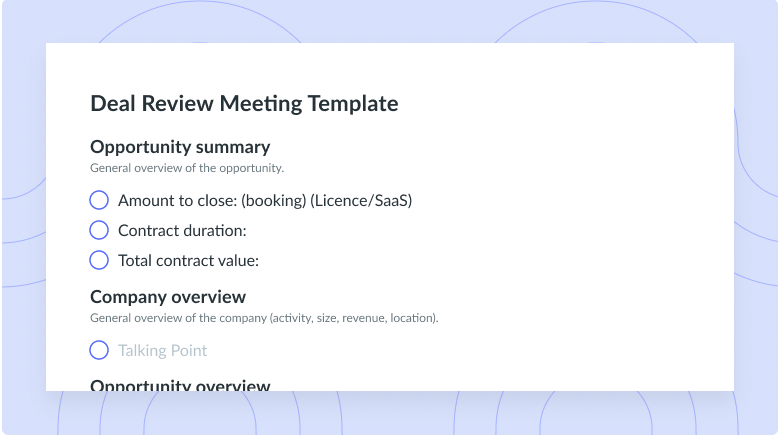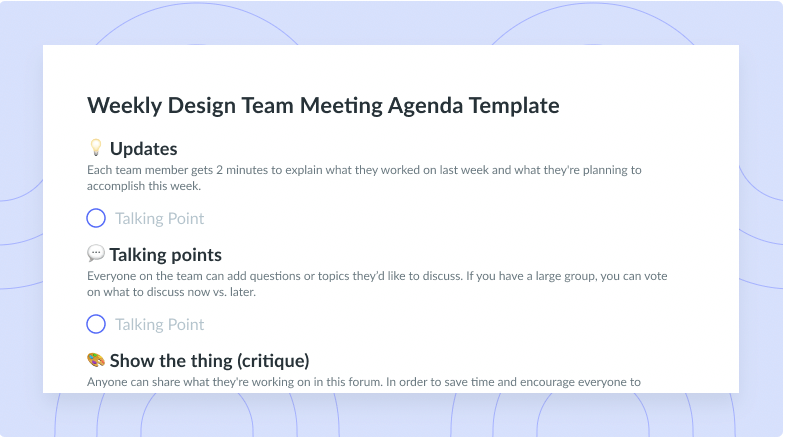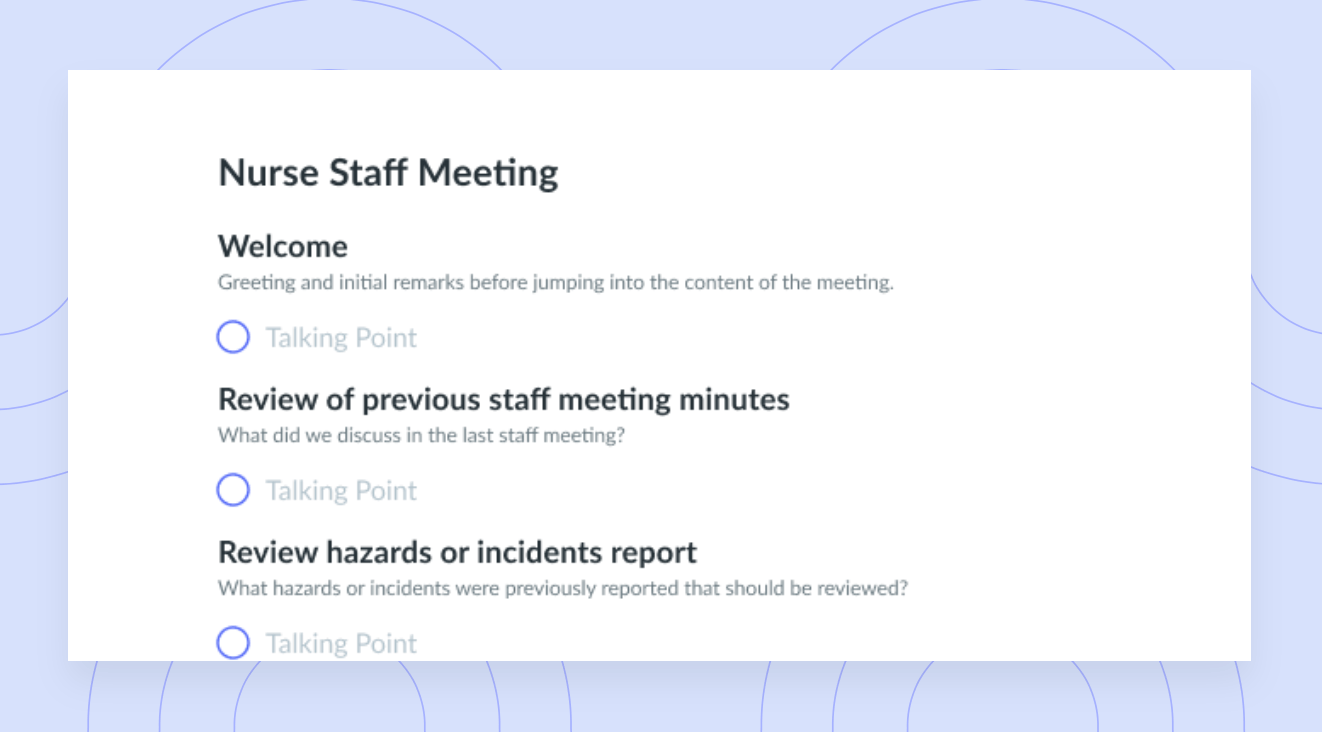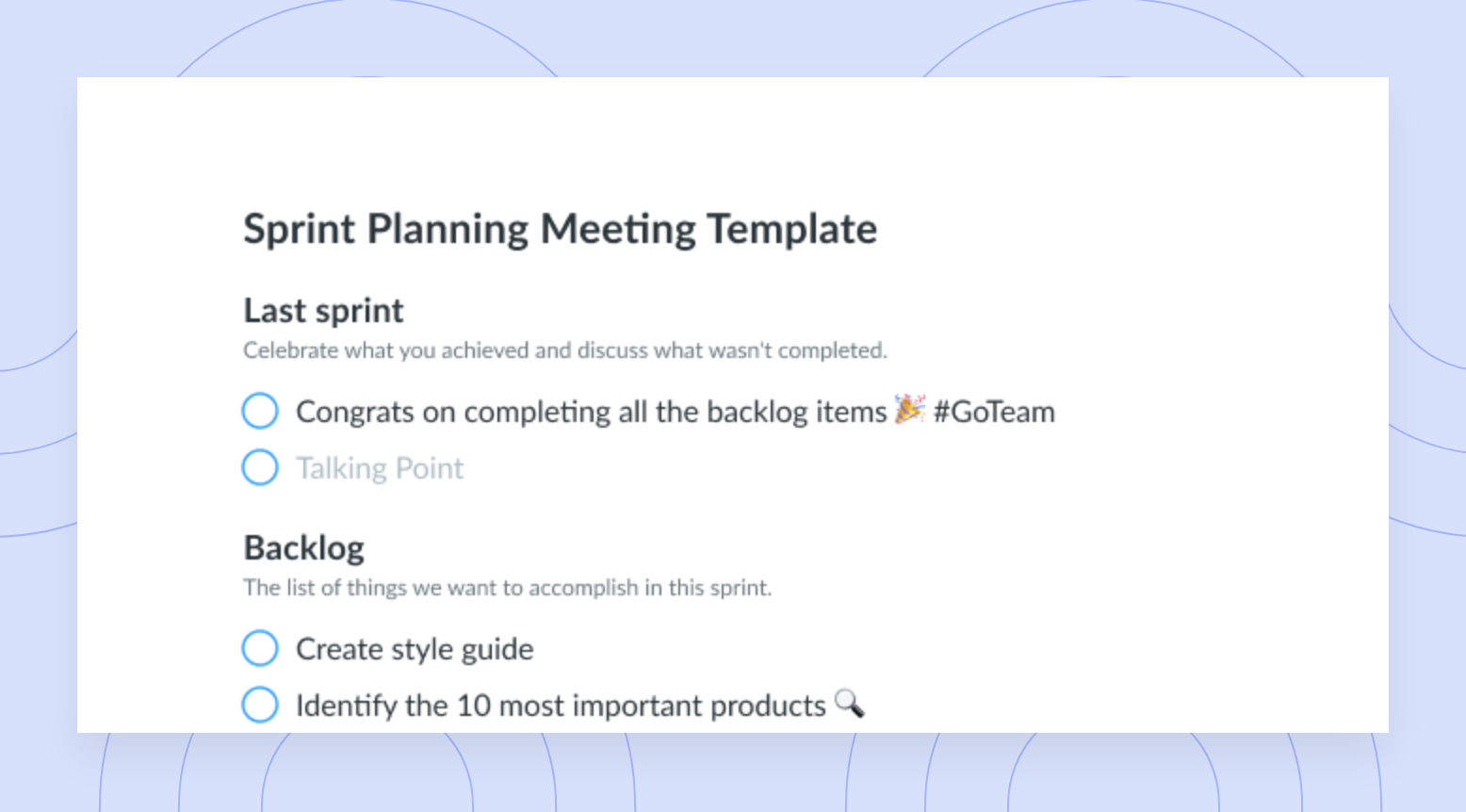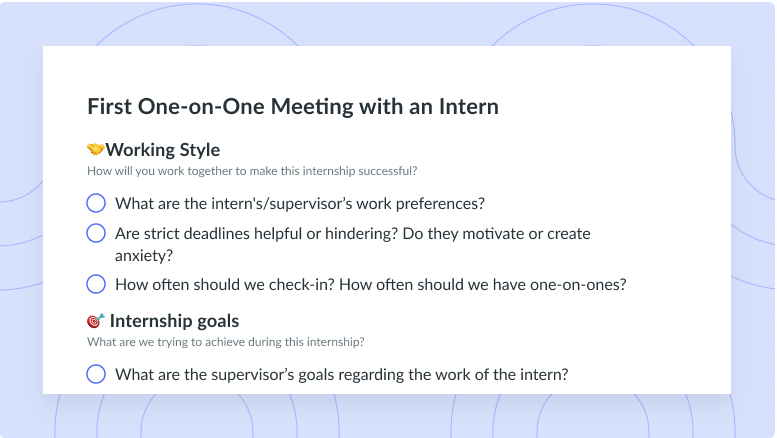6 Free Sample Emails for Communicating New Processes
Here are some sample email ideas to share with employees when updating them about a new change in your organization!
Change management can be a tough field to work in as it involves a lot of planning and stakeholder relationship management. It’s certainly not easy to convince a group of people to accept change or how to go about implementing a certain initiative. One thing that can easily be improved is the way you communicate updates to your stakeholders. Here, we’ve outlined 6 sample emails to employees about a new process going on in your organization that you can use to get the message across clearly and strongly.
What is a new process email?
Companies of all sizes adapt to changes constantly, but in bigger organizations, it’s more difficult to easily communicate these changes to everyone at once. New process emails help to effectively notify employees about changes that are affecting them. For example, it could be an update that more benefits have been added to the health insurance plan, or that sales teams are now required to conduct key performance indicators (KPI) reporting monthly instead of quarterly. These emails are usually sent by a project manager, a consultant, human resources staff, a team manager, or a C-level executive.
Why is it important to send process emails?
The most obvious reason process emails are important is that they allow a manager to quickly send a notification to a lot of people at once (many organizations even have mailing lists built per team or function). As well, a lot of information floats across our desks and inboxes regularly, and it can be hard to track down important details. Sending notifications of process changes to employees by email is trackable and searchable, so it allows employees to go back and find it later on if they need it. Additionally, employees can reply to the thread, which allows them to respond with questions, provide feedback, or ask for a meeting to discuss the change.

Stop losing information in new process communication
Important information is getting lost in email threads. With Fellow, you can have a meeting and easily share the notes, recordings, and transcripts, all in one centralized location. Avoid the hassle of searching through endless emails and ensure employees can easily stay in the loop and be aware of new processes.

5 tips for sending process emails
- Only mention relevant information. Providing too much information in one email can cause your recipients to miss the main point of the message. Avoid using filler words that don’t contribute to building context and relaying information effectively. Bold or highlight text that is particularly important so that it gets attention right away.
- Outline next steps. Employees like to get status updates when policies affecting them change, but they’ll also want to know if there’s anything they need to do. It’s helpful to also provide the timeline in which the action items need to be completed. Avoid just saying “ASAP” as the interpretation can vary. Due dates are one piece of information that you’ll want to bold or highlight for clarity.
- Include helpful resources. Offer to have one-on-one or breakout meetings to discuss the change face-to-face. If someone is interested in a meeting to chat, ask them to contribute their points to a collaborative meeting agenda so you’re both aligned on the talking points for the call.
- Mention the benefits. A common challenge with rolling out change is managing the resistance to change. Identifying why the change was made and how it positively impacts the team can help them accept and adapt to the change faster.
- Keep it concise. If you have a ton of content to cover, try breaking it up into multiple emails within the same thread. Or, consider also having a “too long, didn’t read (TLDR)” section at the top of the email message for team members who don’t have time to read the full message but want to get the gist of it quickly.
6 sample emails to employees about a new process
Working in change management is hard enough as it is. We went ahead and took a bit of the grunt work out of the process for you by building 6 sample emails to employees that you can use as inspiration in your next communication plan.
1New tool
Hi [All],
[Introduction to change]
We are excited to share that we’ve officially signed on to use Fellow as a tool to help make meetings easier! Based on feedback in the last team survey, it was clear that disorganized meetings were causing a delay in projects.
[Overview of benefits]
With Fellow, you can create meeting agendas, track action items, record meeting notes, and collect feedback after every meeting. Once set up, it will integrate into your calendars and Zoom so you will have a centralized place for meeting information.
[Next steps]
To get us set up on the tool, there are a few steps:
- Please create your account on [COMPANY DOMAIN].fellow.app by [DATE]
- I will be hosting an internal training session on the tool on [DATE] for all who would like to attend
- There are also resources available here and here to help you get started
Please respond directly to this thread if you have any questions.
Thank you,
[Project Manager]
2Change in benefits
Hi [All],
[Introduction to change]
As of [DATE], your health insurance benefits will be increasing to now cover massage therapy and will be extended to cover 100% of psychotherapy costs, up to the annual limit.
[Overview of benefits]
We decided to extend your health insurance coverage as we believe these are important factors in sustaining employee mental wellness, and we want to make it accessible for our team to use the mental health resources they need to succeed in life. There will be no additional costs to you for this change.
[Next steps]
There are no action items for this, as your policies will be automatically updated in the system on [DATE].
Please respond directly to this thread if you have any questions.
Thank you,
[VP, Human Resources]
3Policy change
Hi [All],
[Introduction to change]
As our company has been growing lots in the last year, we have decided to pursue SOC 2 certification, which is an industry compliance framework around data security. As a result of this initiative, we will now require all teams to undergo security awareness training at least once per year.
[Overview of benefits]
Pursuing SOC 2 certification allows our company to prove our data security to our customers, and in turn, help us close more deals. Completing security awareness training helps every employee remain aware of ongoing security threats, and keep our organization safe.
[Next steps]
Please contact your department head for the date of your security awareness training.
Please respond directly to this thread if you have any questions.
Thank you,
[Chief Information Security Officer]
4Sick leave policy
Hi [All],
[Introduction to change]
As of [DATE], we will be implementing a formal sick leave policy. The policy will be capped at 10 days of annual sick leave per employee.
[Overview of benefits]
As our team is growing, many new formal processes need to be put in place. Previously, we were not tracking sick leave days, and it is difficult to assess how much time off our team has taken due to illness. With this new system, management will be monitoring and adjusting the policy as needed.
[Next steps]
Your policies will be automatically updated in the system on [DATE]. Please contact your direct manager if you have a concern about this new policy.
Thank you,
[VP, Human Resources]
5Change management
Hi [All],
[Introduction to change]
[COMPANY NAME] prides itself on being a leader in the market and always doing what’s best for our clients and the world. To live up to our company goal of becoming net zero by [YEAR], we have decided to bring in an environmental social responsibility (ESR) team.
[Overview of benefits]
The ESR team will oversee the company’s progress toward meeting our net zero goals and will be creating new processes and policies to help us get there faster. It will take time to adjust to these new ways of working, but we’re excited to live up to our company mission and values.
[Next steps]
The ESR team will be officially starting next week. There will be a mandatory, company-wide meeting on [DATE] where they will introduce themselves and discuss their goals for the year.
Please submit any questions for the ESR team to [THIS LINK] or contact your manager directly if you have any concerns.
Thank you,
[Chief Operations Officer]
6Learning and development budget
Hi [All],
[Introduction to change]
As you know, part of our company goals for this year is to achieve operational excellence. To do so, we’ve created a learning and development fund (LDF)!
[Overview of benefits]
Teams can use the LDF to purchase courses or literature, attend conferences relevant to their functional area, and access career mentorship opportunities. Funding is allocated per team, based on the number of people within each team. Budgets for LDF will renew annually.
[Next steps]
To access learning and development funds:
- Identify a learning opportunity
- Create a business case analysis with [THIS FORM]
- Approve the funding from your manager
- Follow the general expense policy, available [LINK HERE]
Please respond directly to this thread if you have any questions.
Thank you,
[VP, Finance]
Weekly Town Hall Meeting Agenda Template
Fellow’s Weekly Town Hall Meeting Agenda Template provides a well-organized structure that can help executives communicate new procedures and encourage teamwork. Using this template, meeting organizers can ensure that crucial issues are covered in a thorough and well-organized manner while streamlining the agenda.
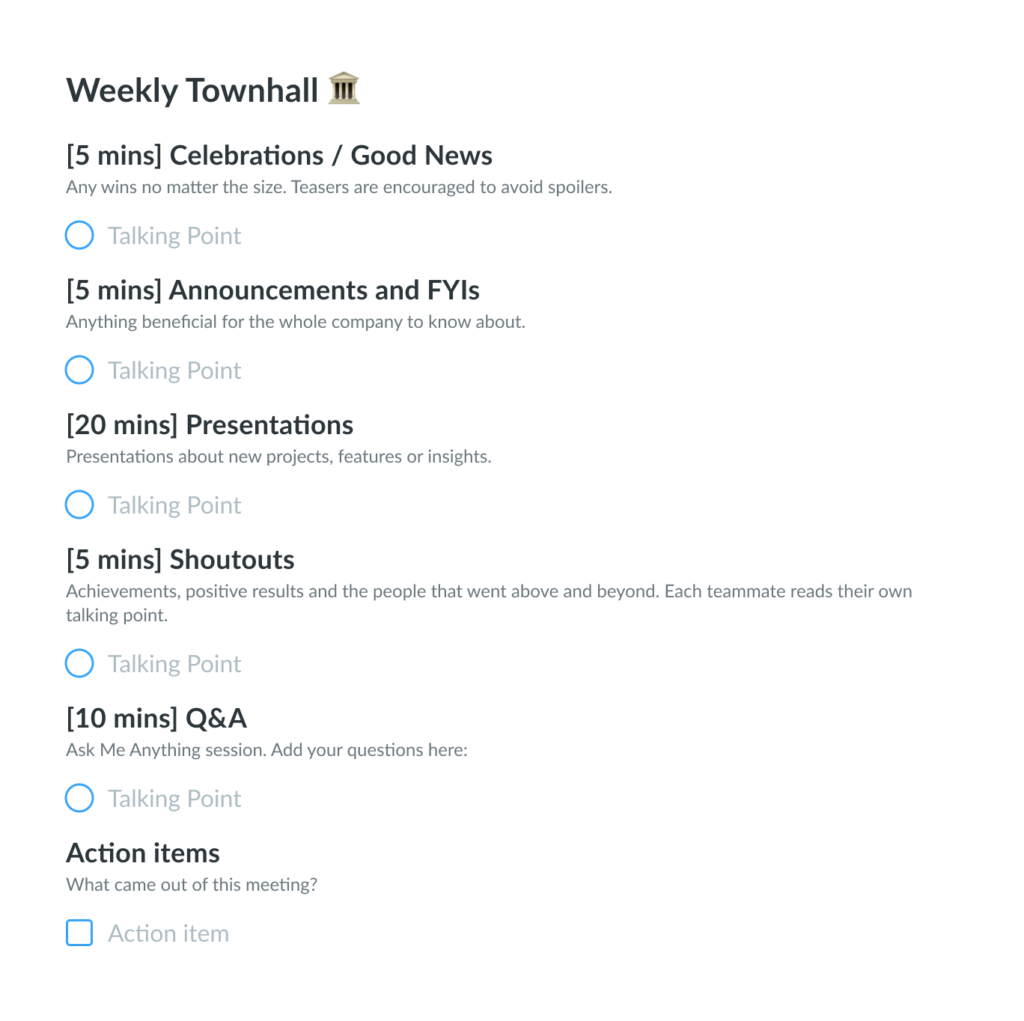
How to communicate new processes with Fellow
When it comes to communicating important information to your team, sending endless emails can quickly become overwhelming and unproductive. That’s where Fellow comes in!
Rather than sending numerous emails that can get lost in the shuffle, Fellow allows you to host efficient meetings, keeping everyone aligned with the changes happening in your organization and in one place. With collaborative meeting notes and action item tracking, you can ensure that everyone is aware of new processes and important news. Nothing falls through the cracks or gets forgotten.
Users can leverage the AI Meeting Copilot to automatically record, transcribe, and summarize every meeting for an accurate record of every discussion or decision. Say goodbye to the headache of email chaos and embrace streamlined communication with Fellow – your fully integrated AI meeting management platform.

Parting advice
Employing change at a large scale is difficult, and it can be hard to find the right words to convey the idea simply without missing vital information. When you’re in doubt, always direct employees to a place where they can get extra information, such as a one-on-one meeting, an upcoming information session, or an online help center. And hopefully, these templates can help you make sending those emails just a bit easier!


![How to Write a Thank You Email After a Meeting [+Template]](https://fellow.app/wp-content/uploads/2023/12/thank-you-for-the-meeting-email-2.jpg)


![How to Run CAB Meetings [+ FREE Agenda Template]](https://fellow.app/wp-content/uploads/2022/06/CAB-Meeting-Agenda-2.jpg)




